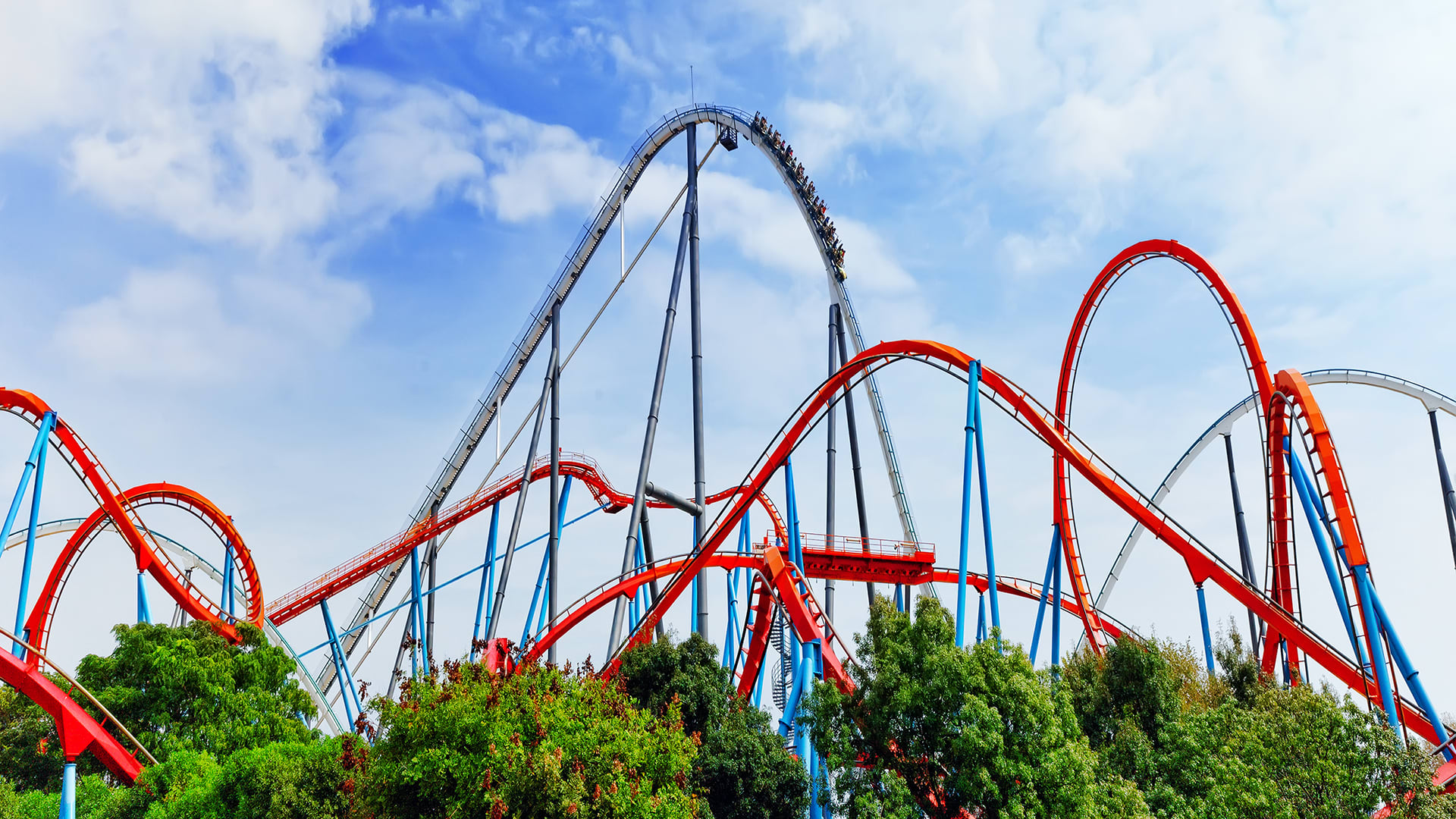
DISCUSS:
The first hill of a roller coaster is always the highest. Why can't the second or third hill be higher than the first?

DISCUSS:
Why does the marble make it over the lower hill, but not the higher one?

Time check!
The following Bumper Coaster activity can take up to an hour.
If your time is limited, you might want to save the activity for your next science lesson.














If you need a natural stopping point!
Teachers: If you are short on time, this is a good stopping point. We recommend leaving your students' tracks set up so they can get right to their final experiments at the start of the next session.
If you’re continuing right now, advance to the next slide.











Below are ideas for extending this topic beyond the Exploration and Activity you just completed.
- Lesson Assessment and Answer Key
- Activity: Let your students learn about energy (and burn off energy) by experimenting with a playground swing in these Swinging Science activities.
- Reading: Bumping and crashing are part of the fun of an amusement park. Read about collisions in Amusement Park Motion, free with registration at Readworks.
- Distance Learning: Bumper Coaster with Hills at Home
Explore energy using a playground swing. Swinging with Style is a playground activity that gives kids a chance to burn off energy while learning science. Your students will gather data in the playground, then graph and analyze their results.
Science of Swinging is a more extended exploration of pendulums. It provides detailed background information for the teacher.
Both resources were created by Teach Engineering, a digital library of classroom science resources compiled by university educators with National Science Foundation support.
In the last lesson, we provided instructions for making a basic Bumper Coaster, using paper, scissors, and tape. That coaster starts with a hill, but the rest of the track is level.
Here’s a challenge: can you add more hills to that bumper coaster track? You can use paper, scissors, and tape. To make your hills, you can stack boxes or books.
Your track starts with a tall hill. Can you add a medium hill and a small hill?



